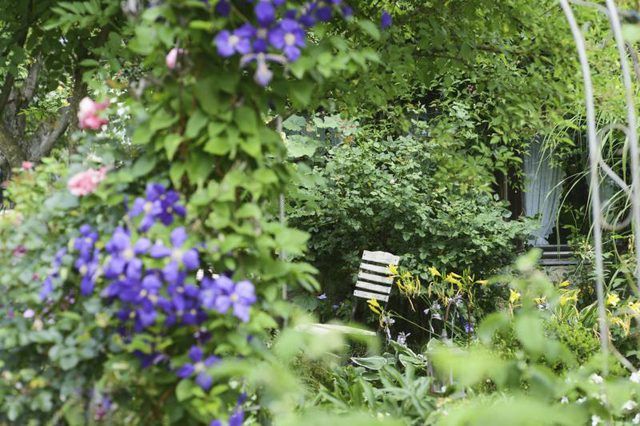Bulbs
Flower Basics
Flower Beds & Specialty Gardens
Flower Garden
Garden Furniture
Garden Gnomes
Garden Seeds
Garden Sheds
Garden Statues
Garden Tools & Supplies
Gardening Basics
Green & Organic
Groundcovers & Vines
Growing Annuals
Growing Basil
Growing Beans
Growing Berries
Growing Blueberries
Growing Cactus
Growing Corn
Growing Cotton
Growing Edibles
Growing Flowers
Growing Garlic
Growing Grapes
Growing Grass
Growing Herbs
Growing Jasmine
Growing Mint
Growing Mushrooms
Orchids
Growing Peanuts
Growing Perennials
Growing Plants
Growing Rosemary
Growing Roses
Growing Strawberries
Growing Sunflowers
Growing Thyme
Growing Tomatoes
Growing Tulips
Growing Vegetables
Herb Basics
Herb Garden
Indoor Growing
Landscaping Basics
Landscaping Patios
Landscaping Plants
Landscaping Shrubs
Landscaping Trees
Landscaping Walks & Pathways
Lawn Basics
Lawn Maintenance
Lawn Mowers
Lawn Ornaments
Lawn Planting
Lawn Tools
Outdoor Growing
Overall Landscape Planning
Pests, Weeds & Problems
Plant Basics
Rock Garden
Rose Garden
Shrubs
Soil
Specialty Gardens
Trees
Vegetable Garden
Yard Maintenance
How Does Clorox Bleach Affect Plants?
How Does Clorox Bleach Affect Plants?. Although household bleach -- including Clorox brand bleach -- works well for many cleaning tasks, if you dump bleach buckets outside after use or use it for an outdoor cleaning project, you may end up with bleach in your garden. If this happens, some of your plants may suffer from chlorine toxicity and they...

Although household bleach -- including Clorox brand bleach -- works well for many cleaning tasks, if you dump bleach buckets outside after use or use it for an outdoor cleaning project, you may end up with bleach in your garden. If this happens, some of your plants may suffer from chlorine toxicity and they may die.
Two Bleaches
Household bleach comes in two main forms: chlorine bleach (sodium hypochlorite) and oxygenated bleach (sodium percarbonate). Oxygenated bleach, sometimes referred to as "oxy bleach," is not caustic and will not harm plants. Chlorine bleach is caustic and can cause great damage to plants and soil.
Chlorine Bleach Toxicity
Chlorine bleach affects plant growth in two main ways. First, the sodium content overloads the plant's system with salts. While chlorine is a naturally occurring and necessary part of soil, significant amounts of it can cause a condition known as chlorine toxicity. Additionally, undiluted chlorine bleach has a pH of 11, which means it raises the pH of soil significantly. High pH levels block the uptake of iron, calcium and magnesium, nutrients required for proper plant growth. With salt-clogged passages and lack of proper nutrition, plant leaves turn brown and look scorched, and the plants may drop all their leaves. Soil is not longer suitable for planting that season once bleach has entered the area. A pH test the following season can help to confirm that the bleach has been diluted to a safe level.